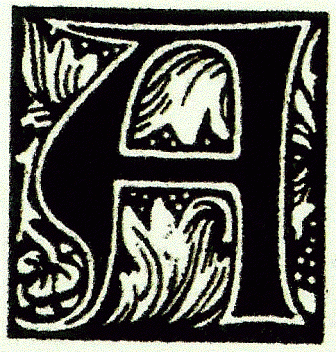Should romance novels be respectfully recognized as collectible in the same vein as literary classics like William Shakespeare’s “Romeo and Juliet”, Jane Austen’s “Pride and Prejudice”, Gaston Leroux’s “The Phantom of the Opera”, Charlotte Bronte’s “Jane Eyre” or Leo Tolstoy’s “Anna Karenina”?
Romance as a genre has evolved from the 18th century...
...to British author Victoria Holt’s 1947 “Beyond the Blue Mountains”, written under one of her many pseudonyms Jean Plaidy, and her 1960 Gothic romance “Mistress of Mellyn”...
…to racy cover illustrations by Robert McGinnis, most notably for Johanna Lindsey’s “Tender is the Storm” in 1985. By the early 1960s, “racier artwork was relegated to stepbacks hidden under flowery die cut covers” as noted in “Happily Ever After” by Steven Ammidown (Fine Books & Collections magazine, Summer 2022, Issue 20.3, p. 21)...
…to “Women of the West”, of which there were only four books published 1988/89 by Pageant (imprint of Crown and WaldenBooks) in the romance series: “Silver Eyes”, “Blue Fire”, “Savage River” and “Golden Fury”...
…to Black historical romances written by Beverly Jenkins whose debut novel “Night Song” was published in 1994...
…and American romance novelist Nora Roberts, who at 73 is still writing (“Inheritance: The Lost Bride Trilogy” was released 11/21/2023) and publishes under many pen names including J. D. Robb, Jill March and Sarah Hardesty.
The historical relevance of romance novels to the study of 20th century books and publishing techniques is evidenced within Harlequin, which went through a series of growing pains from its first Canadian release in 1949 of “The Manatee” by Nancy Bruff to become the largest romance fiction publisher in the world. Is that not worthy of collectible status in itself?

